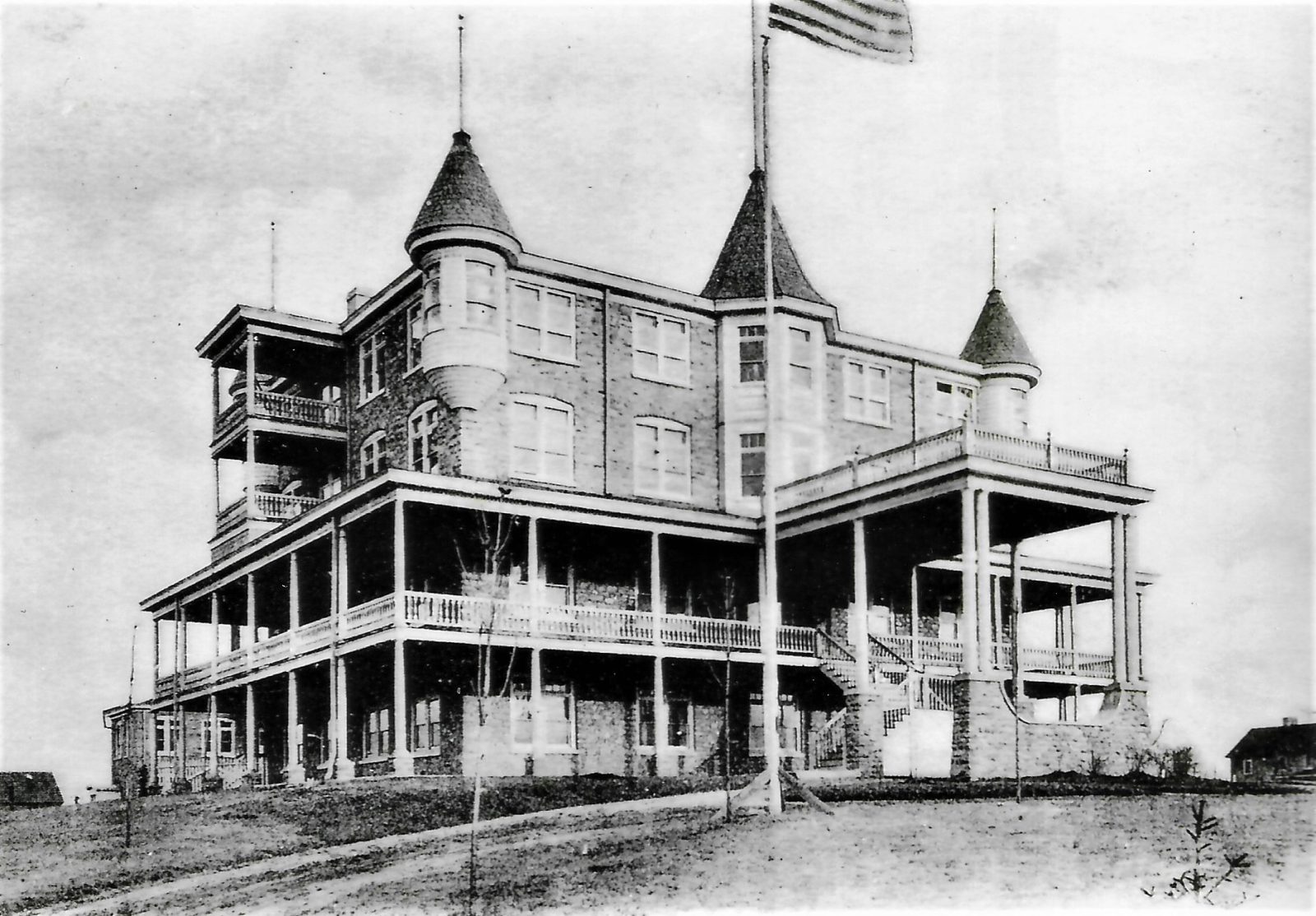The origins of Hatboro’s Orange Home and its once formidable bagpipe parade.
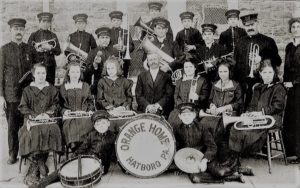
Barbara McIntyre of Doylestown got in touch the other day. As a fan of my weekly column, she suggested I look into the back story of the “Orange Home” on Orangeman Road in Hatboro. Hummm . . . A family of orange people living in a house on a road named for them? Weird.
Not exactly. Barbara knows what the Orange Home is all about for personal reasons but not how it came to be. Could I help? Intrigued, I got my deer tracker hat off the shelf and headed for Orangeman Road to bring history into focus. To do that, you have to go back to the 17th century and William of Orange, a devout Protestant and Dutch prince. At a young age, Willie married his cousin Mary, 15, the daughter of British King Charles II’s brother James, Duke of York. Jimmy, a Catholic, ascended to the throne but was very unpopular. The Protestant majority in Britain feared he would return the country to Catholicism. Leaders reached out to William of Orange for help. From Holland, he invaded Britain in 1688 and defeated the army of his father-in-law at the Battle of the Boyne River in Ireland in 1690. King Jimmy fled to France, never to return. Meanwhile, Willie and wife Mary jointly reigned as King and Queen of Britain. The Battle of the Boyne would come to be known as the most famous ever f
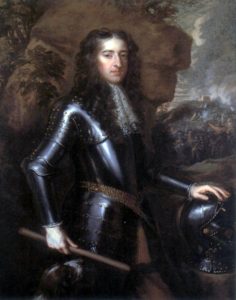
ought in the British Isles.
In 1791, the fraternal Orange Order hosted its first annual parade commemorating what happened at Boyne. In this country, Protestant immigrants from Northern Island brought that tradition to New York and established 43 lodges in the eastern U.S. by 1870. The Orangemen decided 30 years later to build a home to support orphans and needy Orange elders. The order purchased 68 acres of farmland adjoining Hatboro. On Thanksgiving 1901, members laid the cornerstone for a four-story, granite building with turrets and 42 rooms – a dining room, reception hall, swimming pool and chapel on the first two floors; apartments for girls and women on the 3rd; same for boys and men on the 4th.
The facility opened on May 30, 1903 when a family of 10 children and a woman became the first residents. Among them was Barbara McIntyre’s grandfather William A. Trimble, 8 and his five siblings. They arrived from Youngstown, Ohio after Papa Trimble, an Orangeman, died. “I knew the home existed of course and that my grandfather and his siblings were there but that is about all that I knew,” explained Barbara.
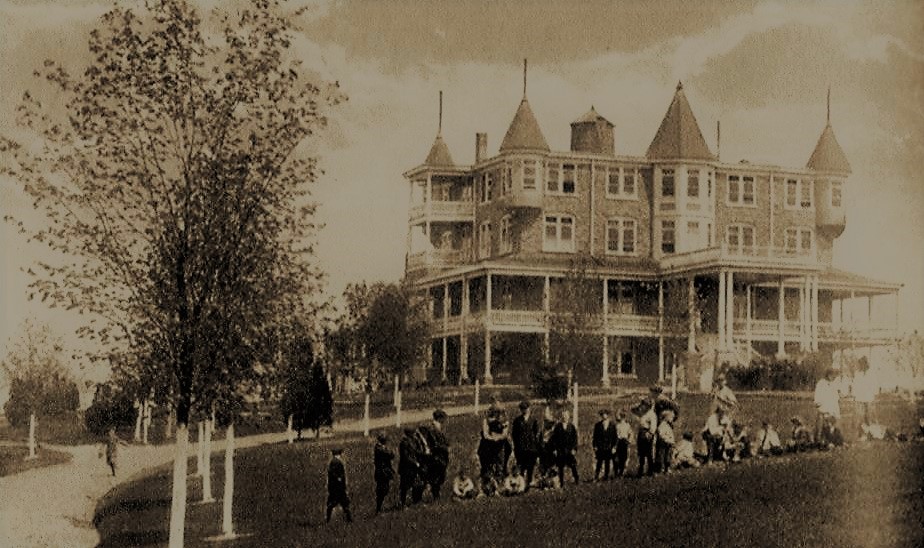
From the birth of the orphanage, an annual Orangemen Parade through Hatboro was part of a day-long memorial celebration of the Orange Home and the Battle of the Boyne. “I remember railroad coaches on the Hatboro siding from the Pennsylvania Railroad and New York Central chartered for the Orangemen,” recalls David Shannon Jr. of Hatboro’s nonprofit Millbrook Historical Society. “The parade was all bag pipes and very large with all sorts of marching units with banners and flags and was held each September. They marched from the Hatboro Station out to York Road then down York to Byberry Avenue and out to the home and farm for a huge picnic. We kids would follow it all the way. Hatboro loved the pipers. As hard drink was not permitted on the home grounds, the pipers came back into the town taverns to drink. We could hear the pipes until late. They had a great time.”
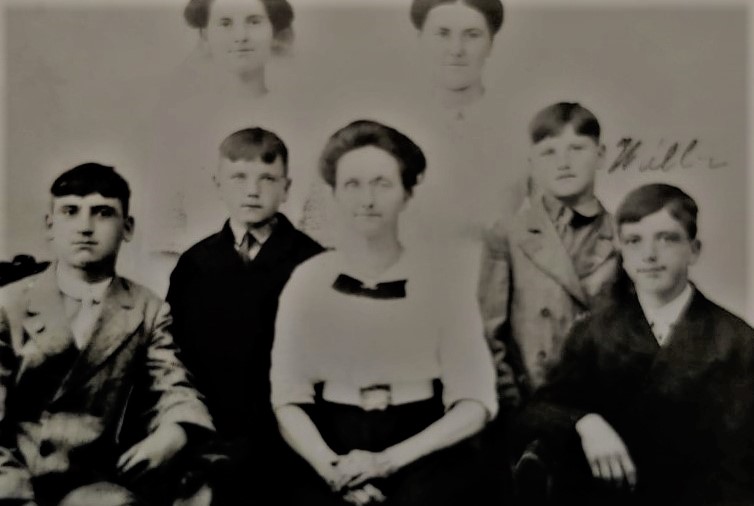
Bagpipers from the Ulster-Scottish Pipe Band of Glenside and the Cameron Highlanders from Lafayette Hill were mainstays in the 1980s, passing along the mile-and-a-half route. By then the cavalcade had begun to dwindle. “I’ve lived here all my life. It’s a big tradition,” said regular parade goer Tom Taylor in 1987. “The only thing that stinks is it keeps getting smaller and smaller.” Knowledge of the Orangemen also had faded. Taylor like others on the parade route didn’t know why it was called the Orangemen Parade nor who the Orangemen were.
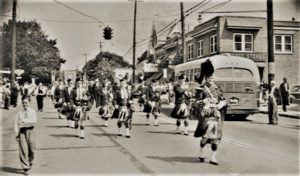
Orange Home in 1948 converted from an orphanage to a retirement home that was modernized and expanded in 1964 and 1974. Twenty years later it was sold to a Methodist group. Revenue was invested in the Orange Foundation, a trust that supports American charities upholding Protestantism, patriotism, freedom and separation of church and state.
Barbara McIntyre would learn from inherited documents after her mother’s passing that the U.S. census listed residents of Orange Home as “inmates”. “Ugh!” as she put it during our meeting at the Feasterville Starbucks. “I think they all loved each other at the Orange Home,” she said looking at photographs of her smiling grandfather and fellow orphans. “It was one big loving family. They were there for a reason.”
Sources include “Biographical Annals of Montgomery County, Pennsylvania” by T.S. Benham published in 1904,“Orangemen Parade: has sights, sounds and a bit o’ politics” by John Hall published on Sept. 9, 1987 in the Philadelphia Inquirer; and “The Orange Home, Hatboro, Rev. George Worrell, President”, a brochure about Hatboro published in 1910 by a local developer.

